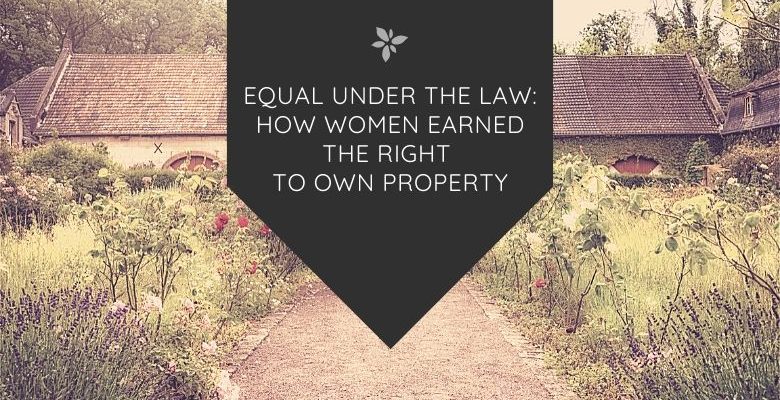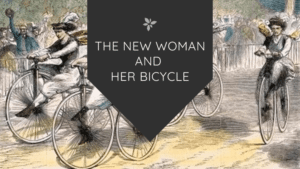Before the 19th century, women had very few legal rights in the western world. Beginning in the late 19th century with the passing of several Married Women’s Property Acts in the United Kingdom, women finally began moving towards equality, and paved the way for women’s suffrage after the turn of the century.
The Doctrine Of Coverture
Coverture was a legal doctrine that developed in English common law beginning in the Middle Ages. This doctrine held that when a woman married, her legal identity was “covered” by her husband’s.
Legally, a married couple was one person under the law, and that person was the husband; married women did not exist as legal entities.
In practice, this meant that a married woman could not legally:
- draft her own will,
- sign a contract,
- or own property.
Under coverture, a married woman would be very limited in what she could own, earn, or inherit. Any wages she earned were automatically the property of her husband, and any belongings or property she owned or inherited became his as well.
If she was unlucky enough to be left by her husband, or desired to leave for any reason, she would be left destitute.
(This is a big reason why so many women fought for prohibition: they couldn’t escape their alcoholic, abusive husbands.)
Married Women’s Property Act 1870
The first married women’s property act was passed as a result of years of lobbying by English women who wanted to be able to control their own wealth and property.
The Married Women’s Property Act 1870 was the first act of the Parliament of the United Kingdom that substantially altered English common law to give married women more rights.
Under the new act, a married woman could legally own and control any property she earned on her own after marriage, including wages, gifts, inheritance, or income from investments. The act also protected this property from her husband’s debtors.
Unfortunately the act of 1870 gave women incomplete property rights and was vaguely-worded, resulting in loopholes.
It did nothing to change the fact that any property a woman owned before she was married became her husband’s upon marriage; it only protected property earned after the marriage.
The law could also be easily avoided if the property was put into a trust.
Married Women’s Property Act 1888
The next major married women’s property act was passed in 1888. This act made more changes than the previous 1870 act and closed some of its loopholes.
The 1888 act made it possible for women to retain their property rights even if they married, and finally gave women the legal right to buy, sell, and own property even while they were married.
The enactment of the married women’s property acts was the beginning of the end for the doctrine of coverture. Husband and wife were separate legal entities, and women were now persons under the law when it came to property rights.
The changes effected by the Married Women’s Property Acts paved the way for women’s suffrage in the early 20th century. One of the barriers to giving women the vote was the fact that married women were not persons under the law. Suffragists argued that now that women were recognized as separate legal entities, they should have the right to vote.
The lack of women’s property rights throughout most of history was one of the ways in which women’s profound inequality was made apparent and enforced. Thanks to legislation like the Married Women’s Property Acts, women began making great strides forward towards equality in the 19th century, and paved the way for women’s suffrage and later feminist movements for equality.
Next, read about The Seneca Falls Convention: The Spark That Ignited the Suffrage Movement in the United States, or the story of Julia Ward Howe: Abolitionist, Social Activist, and Poet.
Keri is a blogger and digital marketing professional who founded Amazing Women In History in 2011.






Leave a Reply